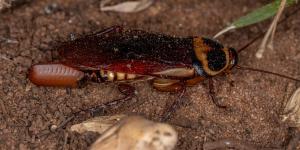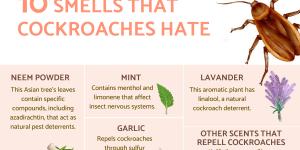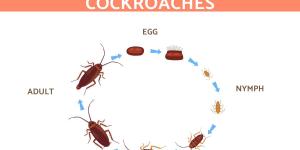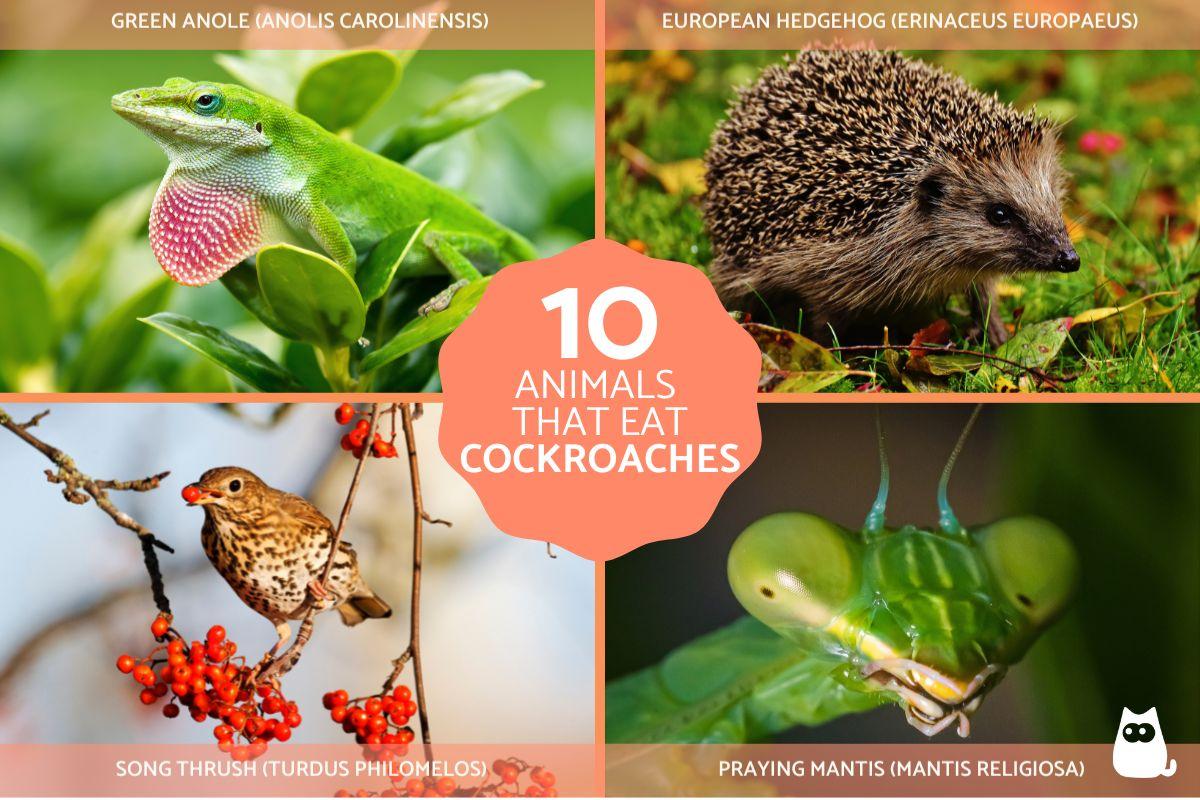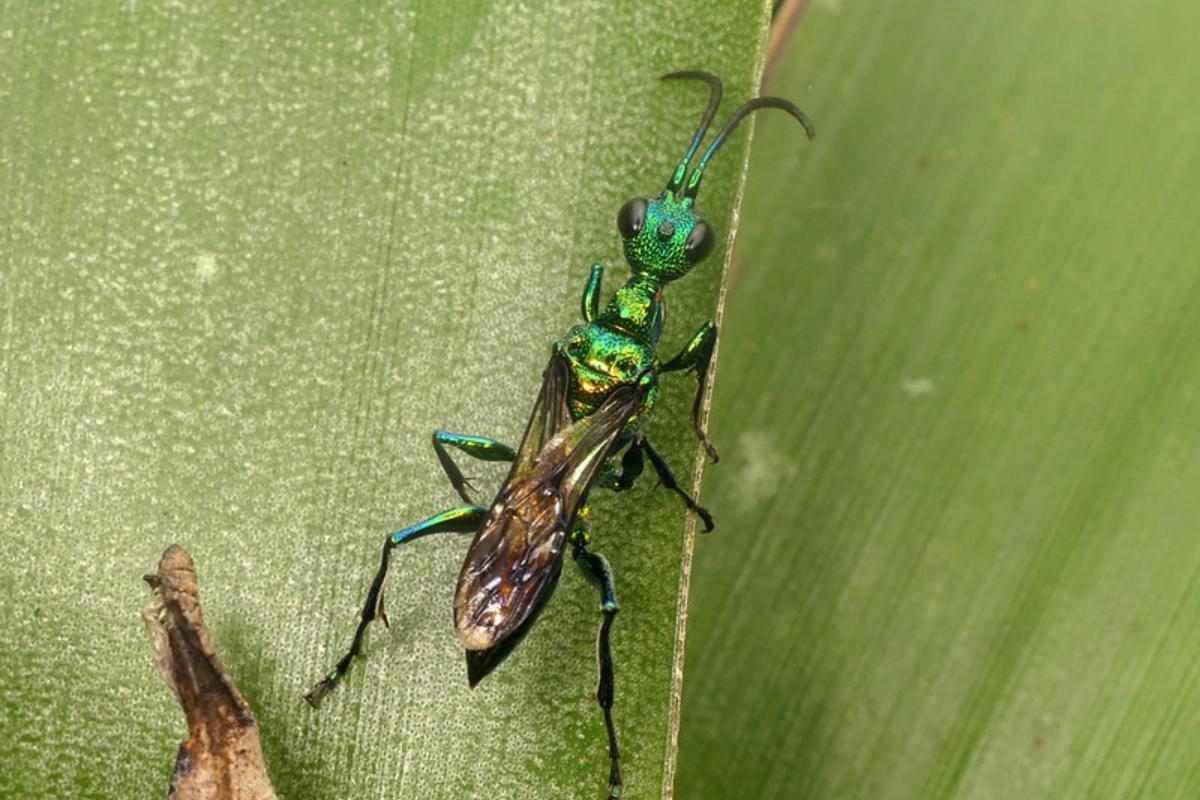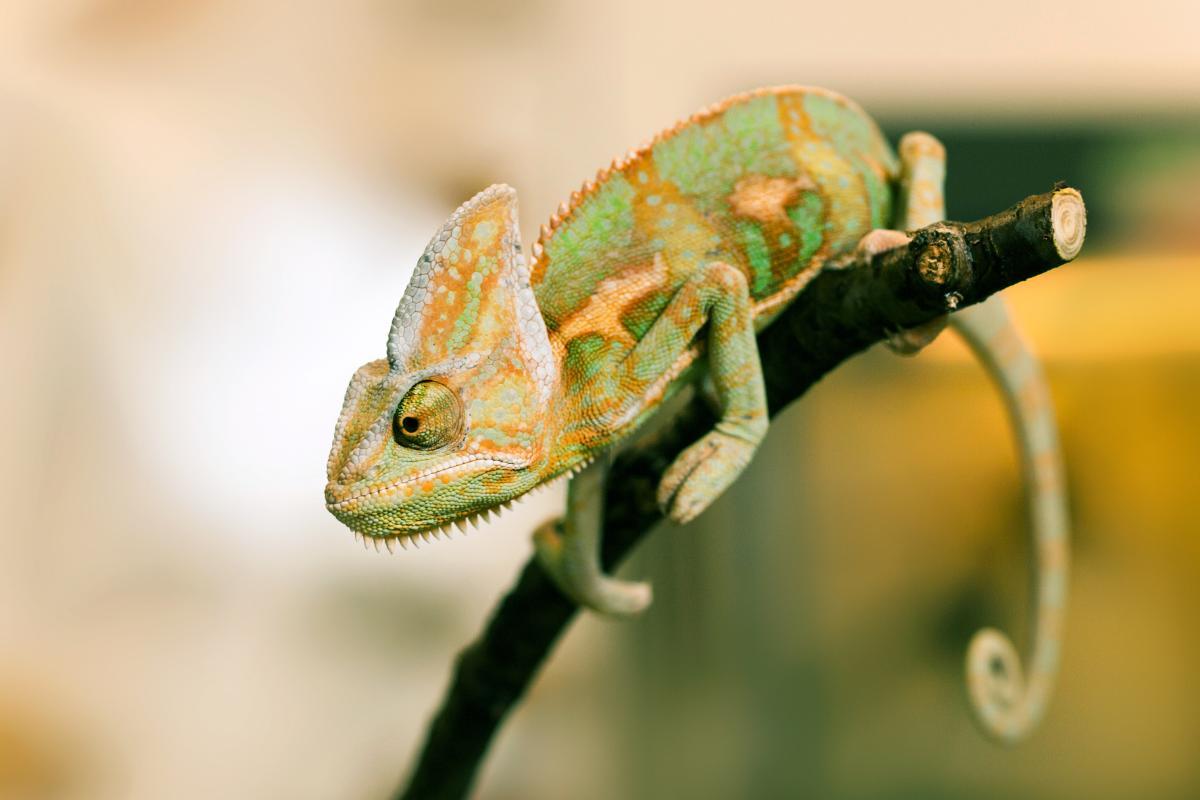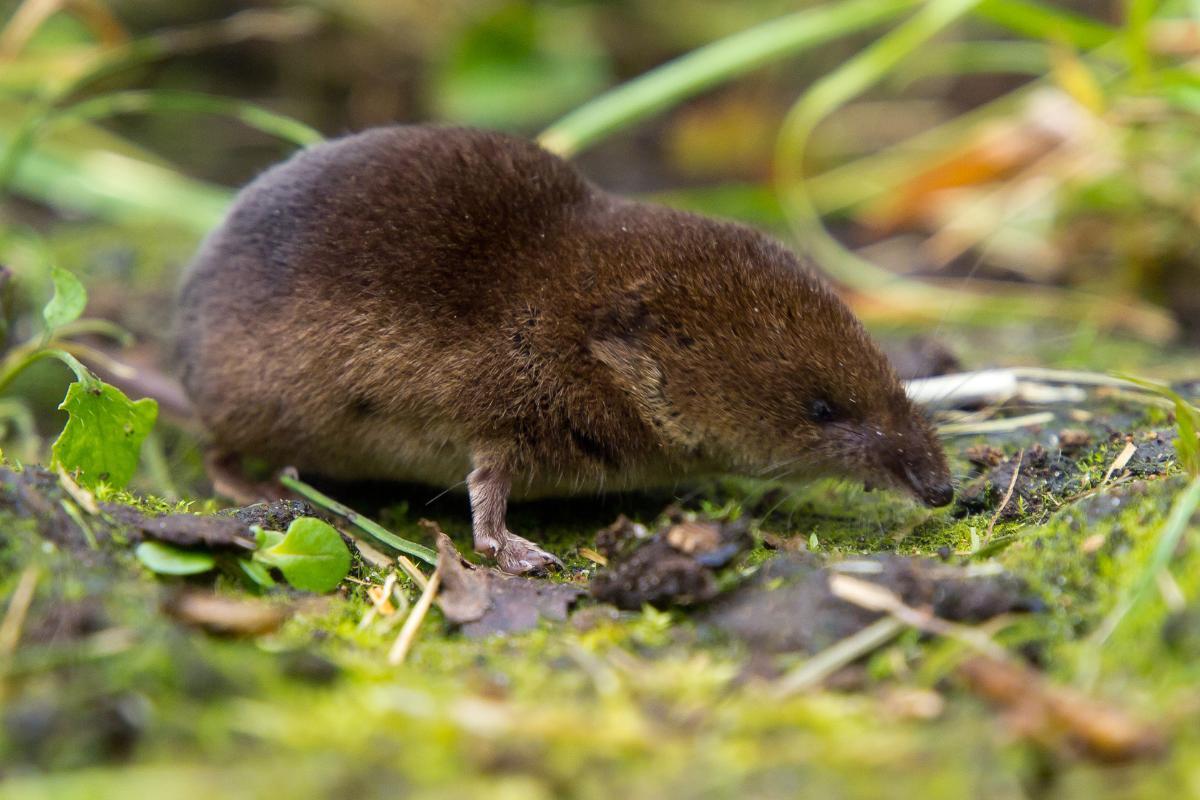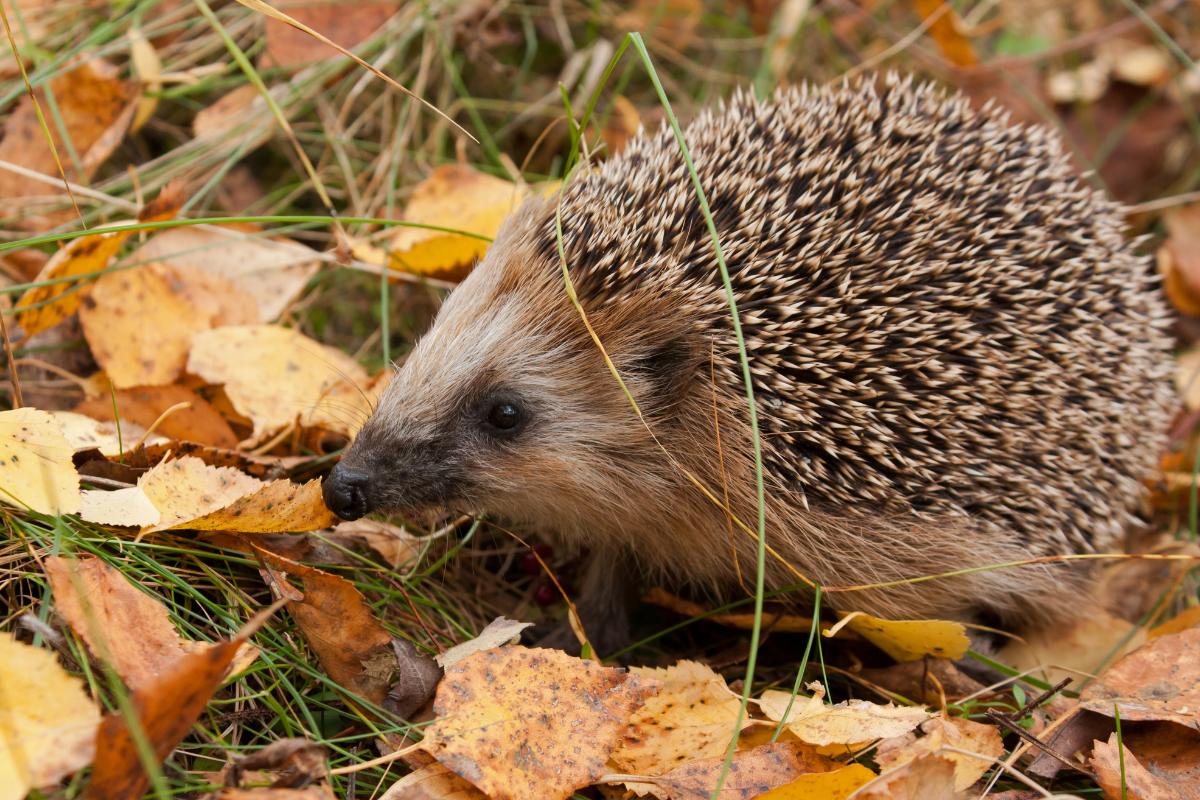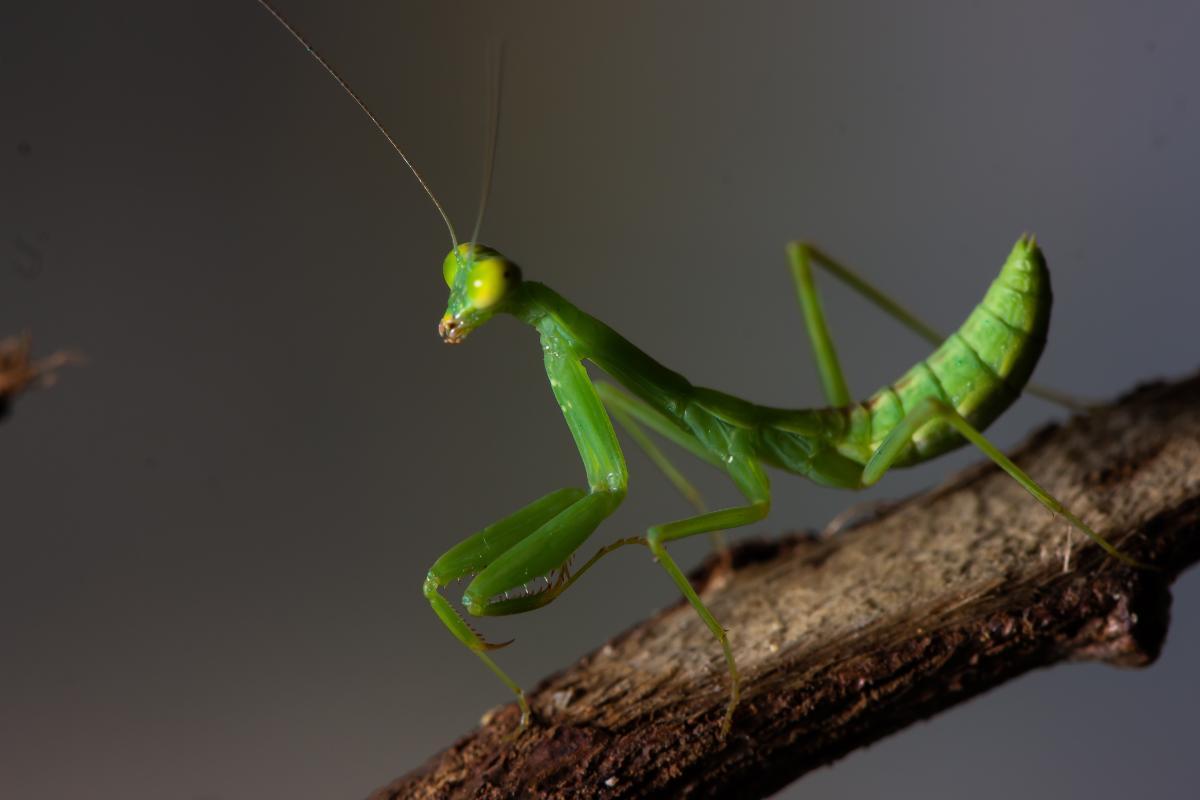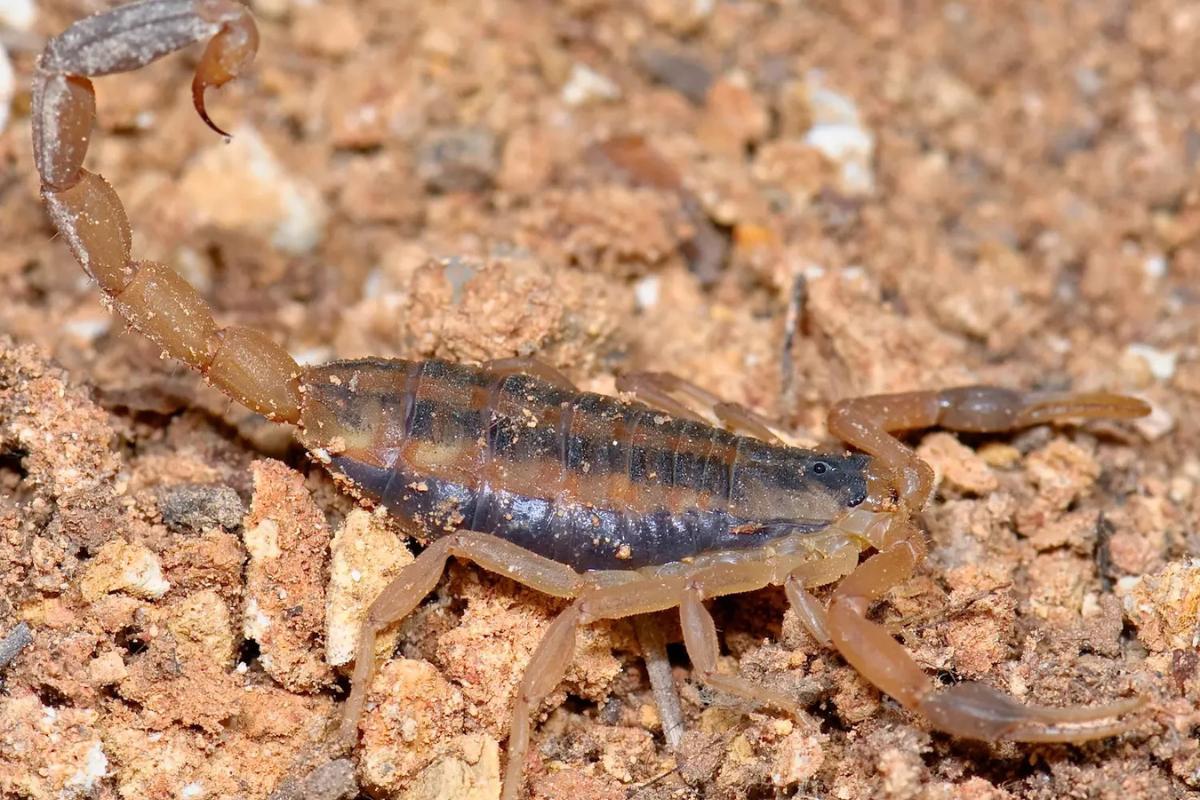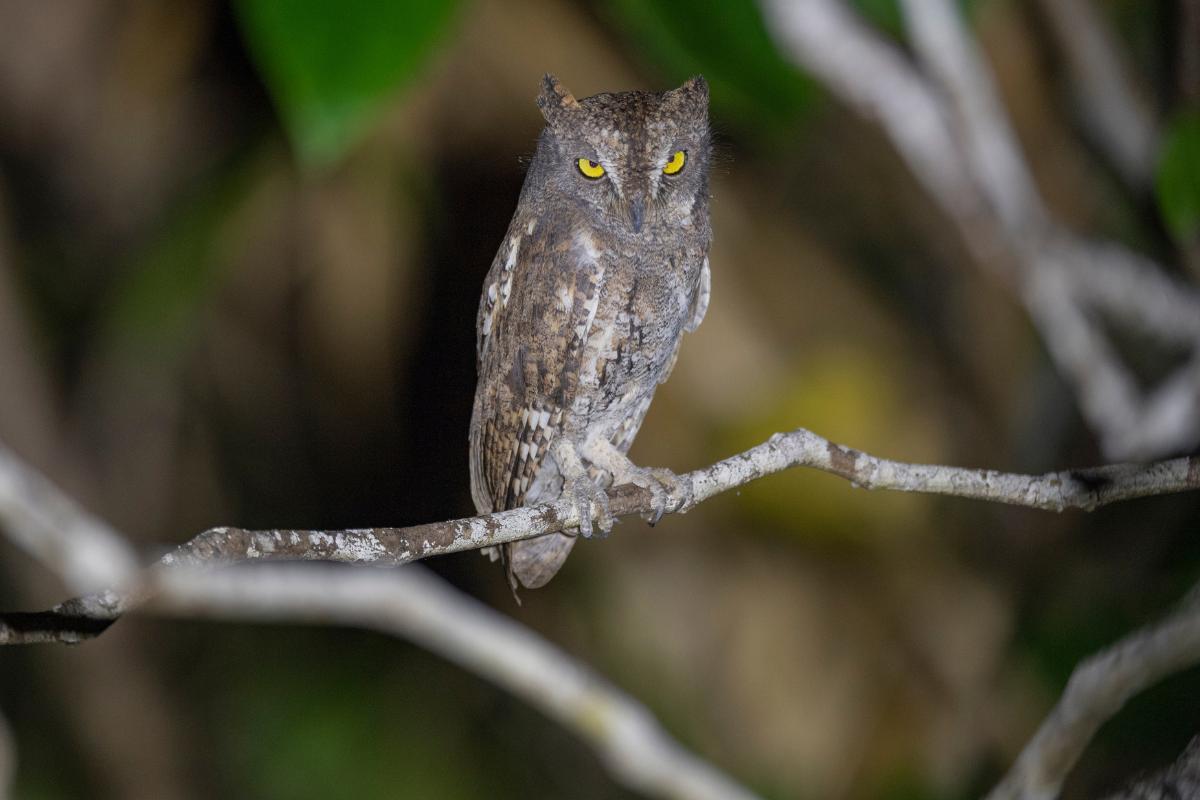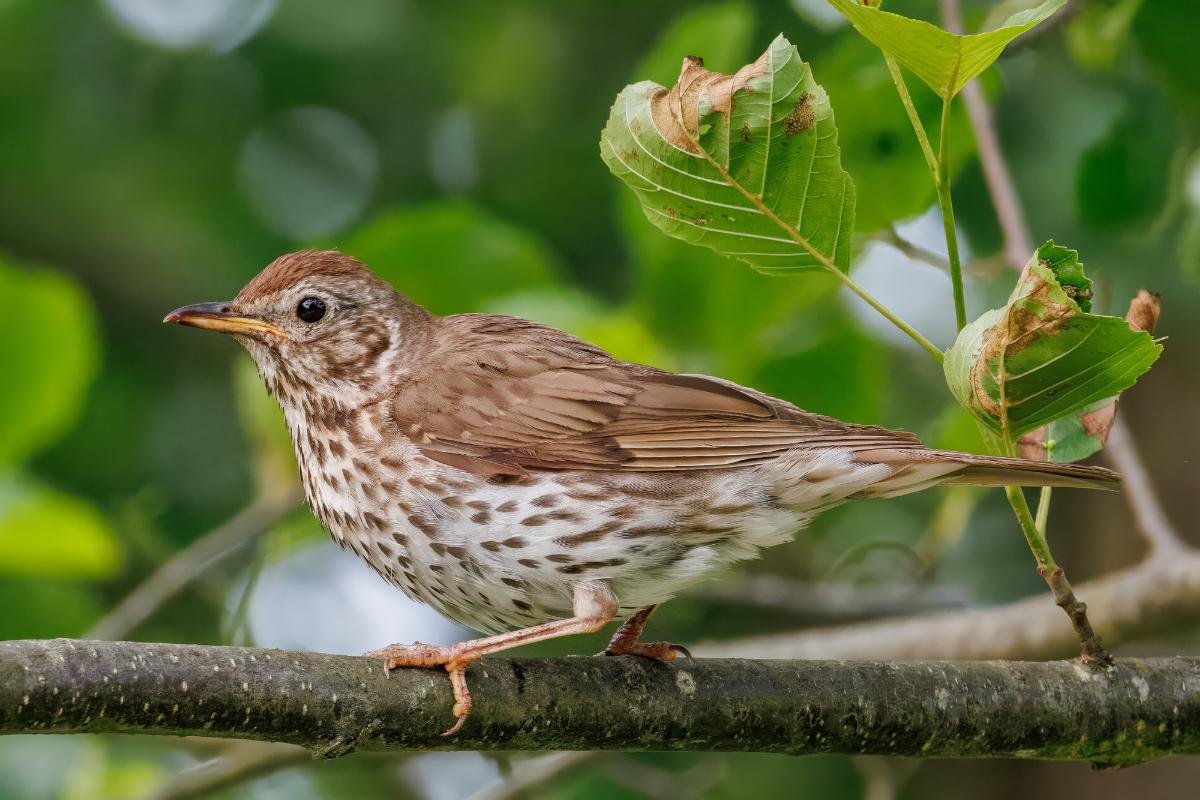Who Eats Cockroaches?

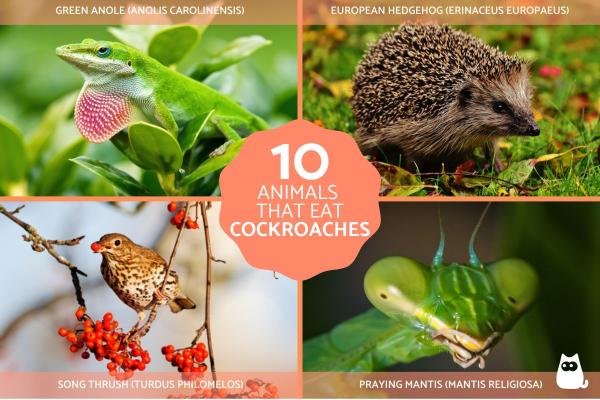
Cockroaches have survived for over 300 million years, evolving into one of Earth's most resilient pests. With their ability to withstand radiation, survive without food for months, and squeeze through the tiniest cracks, they've earned their reputation as nearly indestructible. But nature has developed its own solutions to keep cockroach populations in check.
In this AnimalWised article, we explore which animals eat cockroaches, how they hunt them, and why these natural predators play a vital role in controlling roach populations.
- Emerald cockroach wasp (Ampulex compressa)
- Green anole (Anolis carolinensis)
- Veiled chameleon (Chamaeleo calyptratus)
- Australian green tree frog (Litoria caerulea)
- Eurasian Shrew (Sorex araneus)
- European Hedgehog (Erinaceus europaeus)
- Praying Mantis (Mantis religiosa)
- Striped Bark Scorpion (Centruroides vittatus)
- Eurasian Scops Owl (Otus scops)
- Song Thrush (Turdus philomelos)
Emerald cockroach wasp (Ampulex compressa)
Found throughout Africa, Asia, and Pacific islands, the Emerald cockroach wasp hunts cockroaches with a method unlike any other insect. This blue-green wasp with red markings on its legs has evolved a hunting technique that reads like science fiction.
Female wasps (about 2.2 cm long and twice the size of males) take down cockroaches in four steps:
- The wasp stings the cockroach's thoracic ganglion, which temporarily paralyzes its front legs.
- A second sting targets the brain, leaving the roach able to move but unable to escape.
- The wasp then leads the cockroach by its antenna to the wasp's nest, as if walking a pet on a leash. The wasp can lead a cockroach 30 times its weight, the equivalent of a human leading a 4,500-pound rhino.
- Inside the nest, the wasp lays an egg on the cockroach. When the larva hatches, it eats the cockroach's organs from the inside out, carefully preserving vital organs until last to keep its food source fresh.
These wasps typically hunt American cockroaches (Periplaneta americana), essentially turning them into living incubators through a form of neural hijacking that scientists continue to study for insights into brain function. If the wasp's egg is removed from the cockroach, however, the roach can recover from the "zombification" after a few days, showing the venom's effects are temporary.
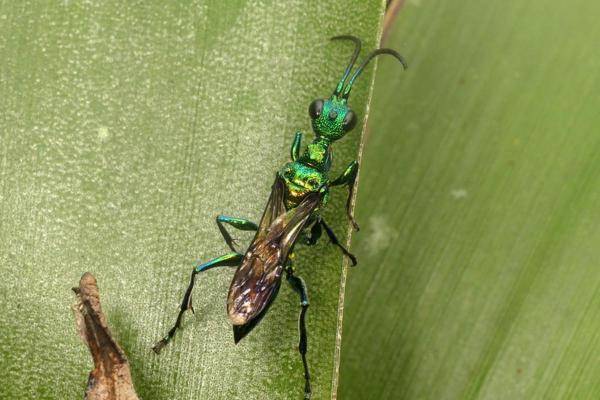
Green anole (Anolis carolinensis)
Green anoles hunt cockroaches throughout the southeastern United States, and have spread to Hawaii, Japan, and parts of Asia where they've been introduced. These little lizards grow 4-8 cm (1.6-3.1 inches) long, with tails making up more than half their length. Despite weighing only 2-6 grams (0.07-0.21 ounces), they catch prey with surprising skill.
Green anoles can switch their color from bright green to brown or gray when temperatures change, when they're stressed, or during different activities. This color-changing trick happens thanks to special cells (chromatophores) in their skin.
These lizards eat mostly insects, with cockroaches being a favorite meal. Their menu also includes crickets, flies, beetles, butterflies, grasshoppers, spiders, and sometimes small mollusks. When food is scarce, they'll even eat seeds.
Green anoles have extremely good eyesight that can detect cockroach movement from up to 10 meters away, making them excellent hunters even in low light. When hunting cockroaches, they employ a "stop-and-go" strategy, freezing completely before making lightning-quick strikes that can capture prey in under 0.05 seconds. Their fast movements and climbing skills help them catch cockroaches both in homes and outdoors, making them natural pest controllers wherever they live.
Curious about which species of roaches these predators are hunting? Explore our guide to identifying the various cockroach that might be lurking in your home.
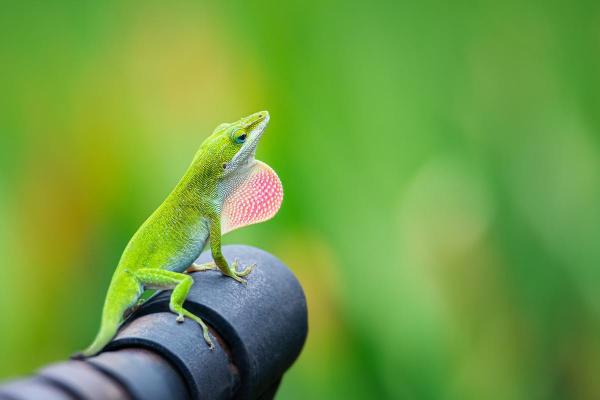
Veiled chameleon (Chamaeleo calyptratus)
Veiled chameleons hunt cockroaches across the Arabian Peninsula, where they live in diverse habitats, from arid zones and mountain plateaus to forests and valleys. These tree-dwelling lizards tend to be territorial and will defend their space when approached.
Their bodies display striking bands of gold, green, and blue, mixed with yellow, orange, or black against a deep green background. Males grow larger than females and have more prominent crests on their heads. They have independently movable eyes that can rotate 360 degrees.
These chameleons reach 43-60 cm (17-24 inches) in length. They catch prey using their sticky tongue, which can extend to grab insects from a distance. Their tongues can accelerate from 0 to 60 mph in a hundredth of a second when striking at cockroaches, making it one of the fastest movements in the animal kingdom. While primarily insectivores that eagerly consume cockroaches, they also supplement their diet with plant leaves.
Unlike some chameleon species that are native to Madagascar, Veiled chameleons originate from Yemen and Saudi Arabia on the Arabian Peninsula. They're effective predators of various cockroach species, which typically measure between 0.6-5 cm (0.25-2 inches) in length.
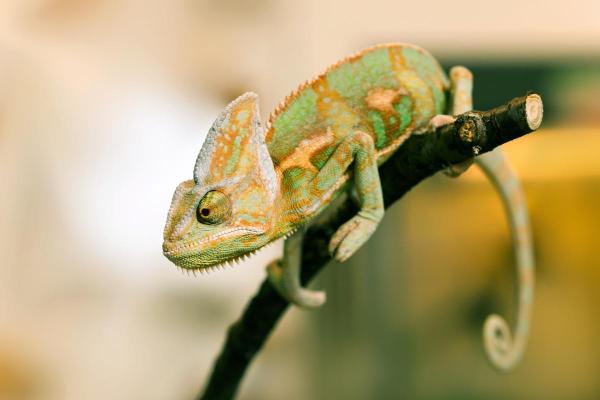
Australian green tree frog (Litoria caerulea)
Australian green tree frogs hunt cockroaches throughout Australia and southern New Guinea. While they prefer damp, wooded areas, these adaptable amphibians also thrive in drier environments, including urban settings.
These frogs measure 7-12 cm (2.8-4.7 inches) in length, with females typically growing slightly larger than males. Their skin ranges from blue-green to emerald green, often featuring scattered white or gold spots. Like other tree frogs, they have distinctive white bellies and can shift their coloration subtly based on environmental conditions and time of day.
As insectivores, they eagerly consume cockroaches, moths, crickets, flies, and various other insects they encounter. Their hunting strategy typically involves waiting patiently and then striking quickly when prey comes within range. They also secrete antibacterial compounds from their skin that help protect them from infections when eating cockroaches that carry bacteria.
Unlike many predators, they can consume American cockroaches whole, which contain mild toxins that would deter other animals of similar size.
Their popularity as pets has introduced them to other parts of the world, where they sometimes help control household insects.
Curious about how these resilient pests multiply so quickly? Discover the fascinating (and somewhat disturbing) reproductive strategies that make cockroaches such successful survivors.
Eurasian Shrew (Sorex araneus)
Eurasian shrews hunt cockroaches throughout Northern Europe, the United Kingdom, and parts of Asia. These tiny mammals prefer dense, humid forests but adapt well to scrubland and drier habitats.
Their distinctive tricolored fur features grayish underparts, while their backs range from black to reddish-brown, with hazelnut brown along their sides. These diminutive predators weigh just 5-14 grams (0.18-0.49 ounces) and measure 4-8 cm (1.6-3.1 inches) in length.
Shrews have an incredibly fast metabolism, which means that they must eat every few hours to survive. They consume up to 3 times their body weight in food daily, meaning a single shrew could potentially eat hundreds of cockroach nymphs in a week. This makes them relentless hunters of insects, including cockroaches. Their diet also includes slugs, spiders, worms, and occasionally even small rodents.
Shrews have poor eyesight but compensate with sensitive whiskers and a keen sense of smell that can detect cockroaches hiding in small crevices or underground.
Their high-energy lifestyle and constant need for food make Eurasian shrews effective cockroach controllers in their natural habitat, as they continuously hunt to maintain their rapid metabolism.
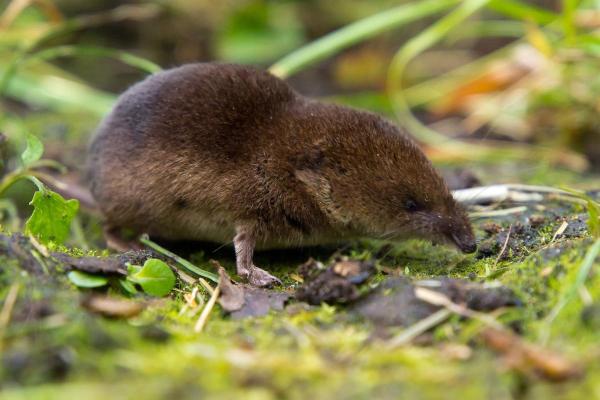
European Hedgehog (Erinaceus europaeus)
European hedgehogs hunt cockroaches throughout Europe and Central Asia, and have been introduced to New Zealand where they've established wild populations. These adaptable mammals live in temperate fields, hedgerows, and scrublands, preferring drier environments. They're also common visitors to orchards, parks, and farmland.
With their distinctive rounded bodies measuring 13.5-26.5 cm (5.3-10.4 inches) in length, hedgehogs have short legs and strong claws that help them dig for food and create nesting sites. Their most recognizable feature, the coat of spines, provides protection from predators. They have approximately 5,000-7,000 spines, each of which can be independently raised or lowered, creating a formidable defense
Though technically omnivores, hedgehogs primarily eat insects, making them effective cockroach hunters. Their nightly menu includes cockroaches, beetles, ants, butterflies, and wasps, along with snails, eggs, and occasionally small vertebrates. Hedgehogs are immune to many toxins and can consume insects that other mammals avoid, including certain cockroach species that produce defensive chemicals.
Their foraging habits make them welcome garden visitors, as they naturally control pest populations including cockroaches while causing minimal disruption to plant life.
Want to keep roaches away before these predators need to intervene? Discover which scents naturally repel cockroaches and how to use them effectively in your home.
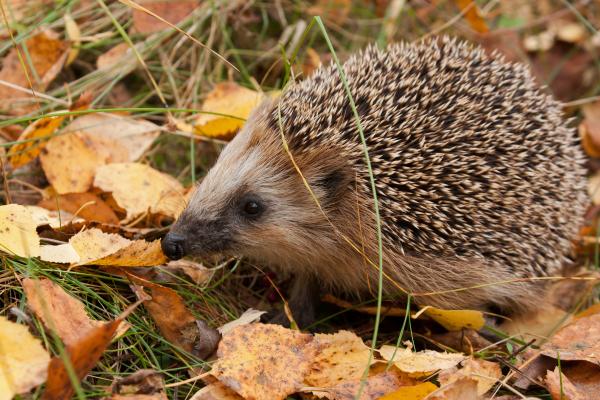
Praying Mantis (Mantis religiosa)
Praying mantises earned their name from their distinctive posture, front legs folded as if in prayer while they patiently wait for prey. These ambush hunters are native to Europe, Asia, and Africa but have spread to North America where they were introduced as natural pest controllers.
These insects typically measure 6-9 cm (2.4-3.5 inches) long, with slender bodies and two pairs of wings. Sexual dimorphism is pronounced in mantises: males are smaller and more agile, while females are larger and heavier, which limits their flying ability.
As skilled predators, praying mantises consume various cockroach species, including larger varieties. Their diet also includes grasshoppers, crickets, flies, and sometimes even small vertebrates like hummingbirds.
Their hunting technique involves remaining perfectly still until prey comes within striking distance, then capturing it with a lightning-fast strike of their powerful front legs. Mantises have specialized serrated front legs that can strike and capture a cockroach in just 50-70 milliseconds, making them one of the most efficient insect predators.
Their ability to control pest populations makes them valuable allies in gardens and farms, though they don't discriminate between pest insects and beneficial ones.
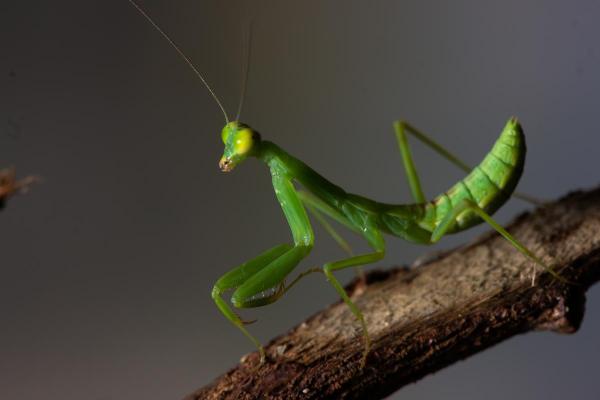
Striped Bark Scorpion (Centruroides vittatus)
Striped bark scorpions hunt cockroaches throughout the central United States and northern Mexico. These arachnids measure around 7 cm (2.7 inches) long and have a distinctive pale yellow body marked with two dark stripes running down their backs, which helps them blend into their surroundings. Interestingly, these scorpions glow bright blue-green under ultraviolet light due to proteins in their exoskeleton, which helps researchers study their nocturnal cockroach-hunting habits.
Though they naturally inhabit semi-arboreal environments like tree bark, they're highly adaptable and commonly found hiding under rocks, logs, debris, and inside abandoned rural buildings. They're particularly active at night when they emerge to hunt.
Their diet consists primarily of insects, with cockroaches being a regular meal. They also prey on smaller arachnids, including spiders. Using their powerful pincers to grab prey, scorpions then deliver a paralyzing sting before consuming their meal. Rather than chasing prey, they often create "ambush zones" by leaving chemical trails that attract cockroaches, then waiting patiently for the prey to come to them.
While their sting is painful to humans, it's rarely dangerous except to those with specific allergies or health conditions.
Did you know some cockroach species can live for over a year in ideal conditions? Learn more about these persistent pests' life cycles and how long you might be sharing your home with them.

Eurasian Scops Owl (Otus scops)
Eurasian Scops Owls hunt cockroaches across a vast range stretching from Senegal to Liberia and from eastern Sudan to Kenya. These compact birds measure 16-21 cm (6.3-8.3 inches) in length with a wingspan of 50-64 cm (19.7-25.2 inches). They weigh between 60-135 grams (2.1-4.8 ounces), with females typically heavier than their male counterparts.
Their grayish-brown plumage features blackish streaks that provide excellent camouflage among tree branches where they roost during daylight hours. Distinguished by their relatively long wings and short tail, these small owls blend remarkably well into their woodland habitats. These owls can rotate their heads up to 270 degrees, allowing them to track insects without moving their bodies and alerting prey.
As nocturnal hunters, they become active after sunset when they search for prey. Their diet consists primarily of insects, including cockroaches, moths, beetles, grasshoppers, and cicadas. They also consume earthworms, spiders, and occasionally supplement their meals with small vertebrates such as geckos, frogs, and mice.
Their preference for insect prey makes them natural controllers of cockroach populations in their habitats, particularly in areas where humans and wildlife overlap. Despite their small size, they can consume up to 1,000 insects per night during peak feeding periods. Not onyl that, but they can learn to associate certain human activities with the emergence of cockroaches and other insects, often following gardeners who disturb the soil.
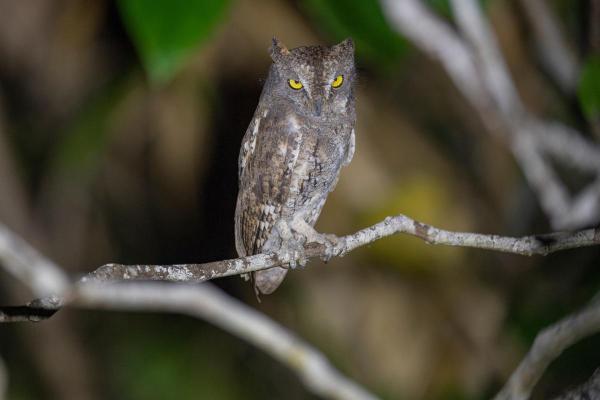
Song Thrush (Turdus philomelos)
Song Thrushes hunt cockroaches throughout Europe, North Africa, and parts of Asia in the Palearctic region. They've also established populations in Australia and New Zealand where they were introduced. These medium-sized birds measure about 25 cm (9.8 inches) in length with a wingspan of 34-38 cm (13.4-15 inches) and typically weigh around 102 grams (3.6 ounces).
Both males and females have warm brown upperparts and cream-colored underparts with distinctive dark brown spots. Their legs are pink-brown, and they have dark eyes with subtle eye rings.
While primarily known for eating fruits, berries, and seeds, Song Thrushes also consume a variety of insects including cockroaches, beetles, and grasshoppers. They're especially known for their technique of using a favorite stone as an "anvil" to crack open snail shells. In urban environments, they may also take advantage of food provided by humans.
Their diverse diet and adaptability to human-modified environments make them versatile predators of various insects, including cockroaches, especially during breeding season when they seek protein-rich food for their nestlings.
While natural predators hunt cockroaches, there's another crucial reason to control these pests. Discover the alarming health risks associated with cockroach infestations in our comprehensive guide.
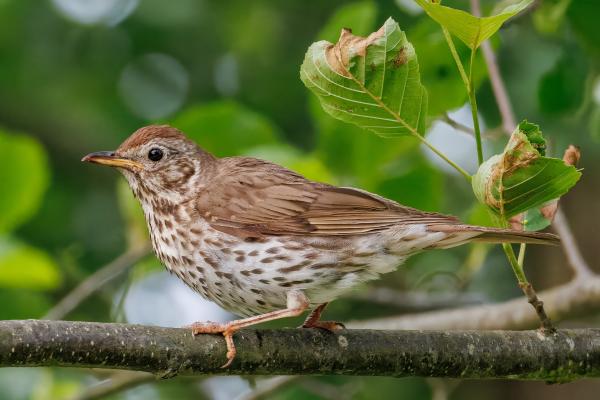
If you want to read similar articles to Who Eats Cockroaches?, we recommend you visit our Facts about the animal kingdom category.
- Animal Diversity Web. (2020). Available at: https://animaldiversity.org/

